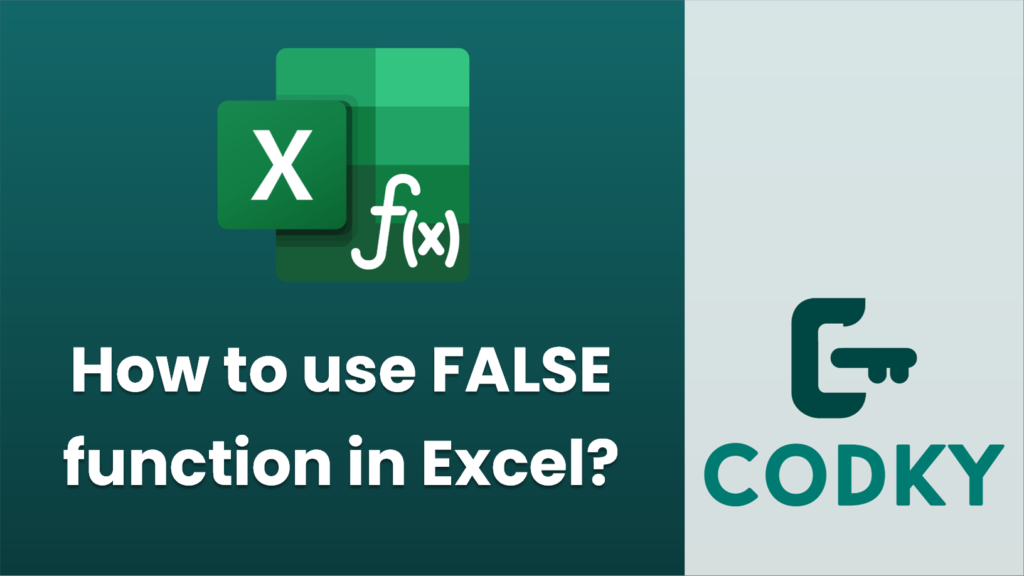
The `FALSE` function in Excel is quite straightforward and is used to return the logical value `FALSE`. Although it might seem redundant since you can directly use the `FALSE` keyword in Excel formulas, it can be beneficial for clarity or compatibility with certain functions or automated processes.
Here’s how you can use the `FALSE` function:
Basic Usage
=IF(A1 > 10, "Valid", FALSE())
- Directly in a Cell:
- Simply type `=FALSE()` in a cell. This will return the logical value `FALSE`.
- In Logical Formulas:
- The `FALSE` function is often used in combination with other logical functions. For example, you might use it within an `IF` statement to specify what should happen if the condition is not met.
This formula checks if the value in cell A1 is greater than 10. If it is true, it returns “Valid”. Otherwise, it returns `FALSE`.
=AND(A1 > 10, B1 < 5)
=IF(OR(A1 = 0, B1 = 0), FALSE(), TRUE)
- With Comparison Operators:
- It can also be used when performing logical comparisons or conditions.
The above examples use logical operators to evaluate conditions and determine if the output should be true or false based on those conditions.
Practical Scenarios
- Error Checking: When setting up formulas to validate data, you can use `FALSE` as a return value for conditions that are not met.
- Defaults in Nested Formulas: In more complex formulas, using `FALSE()` can make your logic clearer, as it explicitly denotes failure conditions or paths in your logic.
Important Note
- The `FALSE` function does not take any arguments, and it’s simply a clearer or more structured way to use directly `FALSE` as a boolean value in your formulas.
While it might not be common to use the `FALSE` function over directly writing `FALSE`, it’s useful for maintaining clarity and consistency, especially in complicated spreadsheets where widespread logical conditions are being evaluated.






